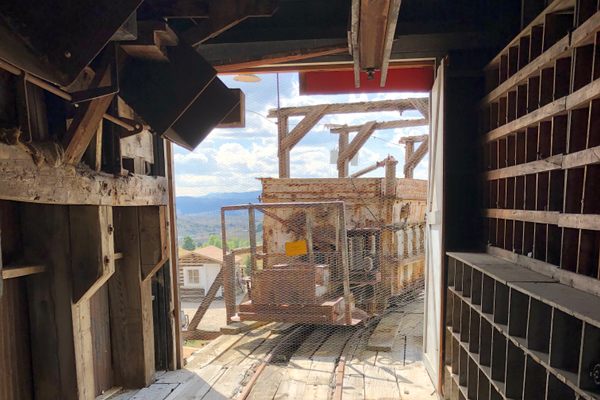About
Every February, the streets of Tucson ring with the clanging of horseshoes on pavement and the rattling of old wagon wheels. The Tucson Rodeo Parade has invited cowboys—and cowboys at heart—to celebrate La Fiesta de los Vaqueros, the Tucson Rodeo, since 1925. It's known as the largest non-motorized parade in the United States, as horses pull each "float."
In the nearly 100 years since the parade commenced, the parade committee has collected more than 125 horse-drawn vehicles. Some of the donated specimens are a bit worn, whereas others proudly gleam in museum condition.
The herd of wagons is spread across four main display buildings at the Tucson Rodeo Parade Museum. Stroll around the grounds, and you’ll find historic gems including Tucson’s first garbage truck, the city’s first chemical fire wagon, and Andrew Carnegie’s own personal buggy. You’ll also spot vehicles used in the movie Oklahoma!, and a horse trailer donated by Duncan Renaldo, the Cisco Kid.
And of course, you’ll come across an assortment of wagons still used in the annual parade. You can even rent a vehicle—say, a charming buggy or a hefty freight wagon—to use during the festivities.
But the wagons aren’t the only exhibits worth checking out. The museum showcases railroad displays, complete with a diorama depicting Tucson in the late 19th century. Another section of the institution recreates Tucson in the early 1900s, featuring city staples such as a blacksmith, a jail cell, a saloon, and a saddle shop.
Even the grounds are historic—the museum is located on what was the United States's first municipally owned airfield. The old airport hangar currently houses a portion of the wagon collection.
Related Tags
Know Before You Go
The museum is open from 9:30 a.m. to 3:30 p.m. Monday through Saturday from January to April. Private tours can be arranged during the off season. You can find information about arranging a tour on the museum’s website. Adult admission costs $12.
Published
January 6, 2020




























